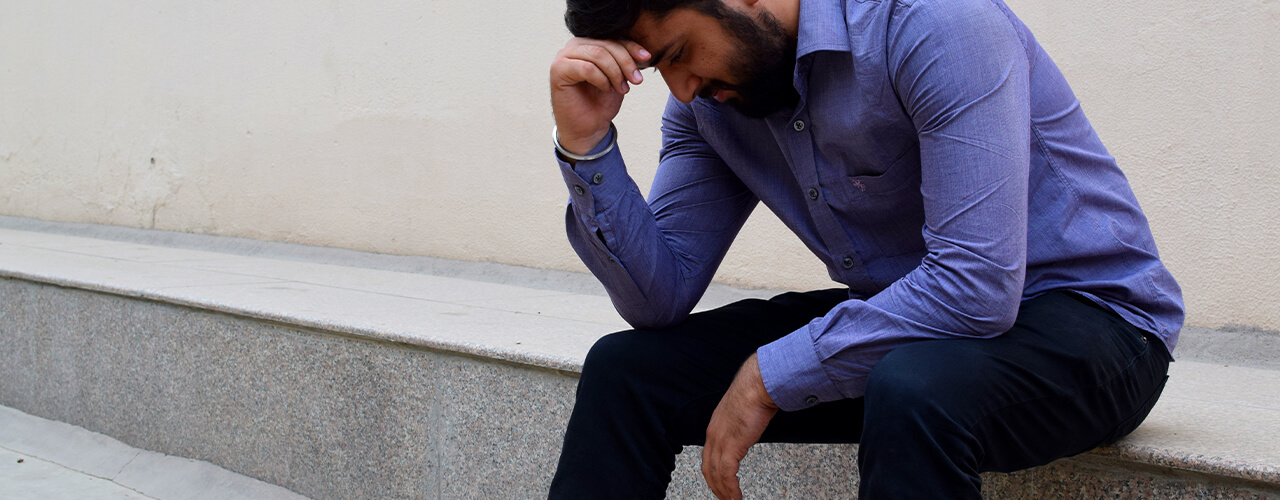If you suffer from headaches, you are not alone. Approximately 80-90% of people across the U.S. endure occasional or frequent tension headaches. They are also the third most commonly reported source of pain across the world! Whether they are acute and temporary or constant and chronic (such as migraines), headaches can all be treated by physiotherapy.
Physiotherapy isn’t normally someone’s first thought when they have a headache – most of the time, the common reaction is to take some form of pain-relieving medication. This may help to relieve pain in the short term, but if you are constantly suffering from this or migraines, pain relief drugs will not provide you with the same long-term effects that physiotherapy will. If you’ve been dealing with pain caused by this pain, contact Physiomed today. We will help you figure out what is causing your pain and provide an effective, safe, and natural treatment plan for eliminating them!
What are the different types of headaches?
Many people may not know this, but there are actually different types of headaches that all develop from different causes. The three main types of headaches include:
Tension headaches.
The most common form of thisare known as tension headaches. These can occur due to repetitive motions or poor posture in the neck/head. Tension headaches are caused by a strain on the “dura mater,” which is a sensitive membrane that envelops the brain. The dura mater lies in close proximity to small muscles at the base of the skull that go into spasm when the dura mater becomes strained, thus sending pain signals to the brain and causing your headache.
Musculoskeletal headaches.
Musculoskeletal headaches occur when there are significant amounts of tension in the neck. This is typically a result of physical imbalances, weaknesses, or damage, although emotional tension (such as stress) can also be a contributing factor. A traumatic injury to the neck, such as whiplash, is a common cause of musculoskeletal headaches. With common neck injuries such as whiplash, the muscles and connective tissues in the neck can become torn or strained. This can lead to agonizing pain felt in the head, as well as in the face, shoulders, or neck.
Cervicogenic headaches.
Cervicogenic headaches are also related to neck pain, involving the top three vertebrae of the neck. These pain can develop as a result of certain conditions, such as a concussion or arthritis, but work-related strain can also trigger a cervicogenic headache. Professions that require a down-turned motion of the head or neck are the most prone for developing cervicogenic this. This may include hairdressers, long-haul drivers, chefs, nail artists, jewelers, etc.
How Chiropractic Treatment Can Help Headaches
Treating Headaches with Chiropractic – Physiomed Vancouver
One common cause of this is that the spinal bones in the neck are not supporting the head properly. We call these conditions vertebral subluxation complexes and they affect nerves, muscles, and even the blood supply to your head. Because chiropractic treatment deals with the spine, a chiropractor can often help to adjust the alignment to better support the head.
How Acupuncture Can Help Headaches
Acupuncture is the stimulation of specific points located near or on the surface of the skin which have the ability to alter various biochemical and physiological conditions in order to achieve the desired effect. Acupuncture points to treats are located all over the body. There are several scientific studies that have been done to show the proven results and effectiveness of acupuncture in treating this. One such study was published in the 2002 edition of the Journal of Traditional Chinese Medicine which documented 50 patients with various types of It who received scalp acupuncture. 98% of those patients experienced no headaches or only occasional, mild headaches in the six months following their acupuncture treatment.
Cranial Adjusting
Cranial adjusting is a technique in which misaligned cranial bones are shifted back to its original position. Misaligned cranial bones can cause a whole range of neurological dysfunction.
Cranial Adjusting and Headaches
One common cause of headaches is insufficient blood supply, cerebral spinal fluid, and nerve supply to and from the brain. This is often caused when bones in the skull have become misaligned, which usually results from head trauma. The goal of cranial adjusting is to correct these misalignments.
Cranial Adjusting and Head Trauma
The human skull is made up of 22 bones which are joined together like puzzle pieces in a puzzle. Although the pieces cannot be pulled apart, the bones in the skull can be knocked out of their proper alignment. Head trauma can often cause this misalignment, which in turn can cause a whole host of other neurological dysfunctions.
Find relief for your headaches
At Physiomed, our treatments for this focus on relieving pain, improving posture and strengthening muscles in the neck and upper back. These will all help in making your daily life much more comfortable and bearable – without the pain of headaches! To schedule your appointment, Contact Us Today at Vancouver, BC Center to speak to one of our Vancouver physical therapists.
Visit our Vancouver clinic location today to get started! Make an appointment now!
Read our blog post on how physiotherapy can help rid you of headaches by clicking here!



